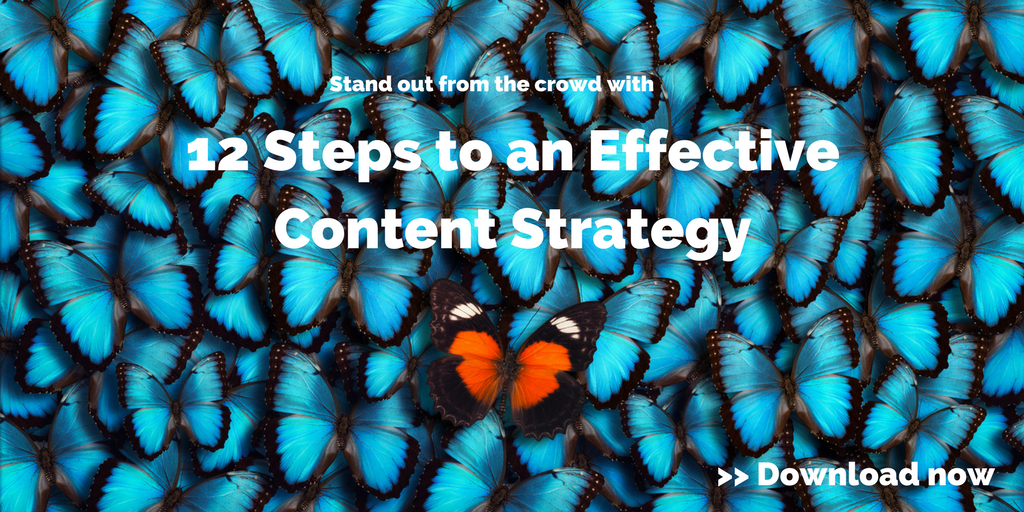Recent research aims to get the bottom of the biology behind social media engagement. There’s now scientific evidence to support the best time to post on social media.
Highlights:
- Researchers from Notre Dame have linked optimal social media post timing with human circadian rhythms.
- Emotional content performs best in the mornings.
- For think-pieces, afternoon is the best time to post.
We frequently remind our clients of a fundamental truth of digital marketing, summed up nicely by BuzzFeed’s Jonathan Perelman: “Content is king, but distribution is queen and she wears the pants.” Essentially, you need content of the highest quality, but that’s not enough. Knowing the best time to post on social media and to distribute content across your other digital channels is crucial to ensuring that your content goes to work for you.
As digital natives increasingly populate decision-making positions within the B2B marketplace, social media is increasingly becoming a space where buyers gain information for use in decision-making. In fact, 54% of all B2B buyers report that they rely heavily on social media to research vendor solutions.
[bctt tweet=”54% of all B2B buyers report that they rely heavily on social media to research vendor solutions.” username=”Fronetics”]
Many marketers remain uncertain about how to time posts optimally for maximum engagement and ROI. For lack of clear information, social media managers often resort to a “spray and pray” strategy, in which they post frequently and spend increasingly on boosting their content.
There are some excellent tools out there, which we recommend, to help you determine the best time to post on social media for your business. Now, thanks to three pioneering researchers, there’s science to back up the logic on post timing.
The research
Three researchers at the University of Notre Dame — Vamsi K. Kanuri, Shrihari Sridhar, and Yixing Chen — investigated the question of the best time to post on social media. Among other findings, their research showed that “digital content platforms can increase traffic to their websites from social media and boost digital ad profits by at least 8%, simply by aligning their posting schedules with target audiences’ sleep-wake cycles, or circadian rhythms.” Their findings, entitled Scheduling Content on Social Media: Theory, Evidence and Application, were published in the Journal of Marketing.
The authors began by interviewing social media managers from major content platforms to understand how they make decisions about what and when to post, as well as investigating a year of Facebook post and boosting data. What they found is that managers have been relying not on science, but on personal experience and “gut feelings.”
“It turns out managers’ intuition on when audiences consume content was generally accurate, but the engagement rates for specific content categories (sports, local) and content types (high-arousal content and content requiring higher cognitive processing) and temporal variation in the effectiveness of boosting came as surprise to managers,” author Kanuri says. “The fact that firms can increase their engagement without spending an additional dime is jaw-dropping for most managers we interviewed.”
Working memory and social media post timing
The team’s findings hinge on the biological idea of human working memory, which “stores and manipulates information used in daily tasks.” Working memory capacity varies throughout the day, in accordance with circadian rhythms. The capacity is at its peak upon waking in the morning, reaches its lowest point mid-afternoon, and is at a moderate level in the evening.
“Higher working memory makes us feel alert and curious, meaning consumers are more likely to devour content in the morning,” says Kanari. “When working memory is resource-deprived, the brain prioritizes information to remain efficient and will better respond to boosted content, which legally must look different to consumers. The different look signals to the brain the information is important, thus, boosted content is most effective in the afternoon as working memory lowers.”
Perhaps most significantly, the research demonstrated that “articles that required deeper engagement with ideas — think op-eds and science-based articles — were more frequently clicked on when working memory was high.”
Using the science to find the best time to post on social media
The authors designed an algorithm that allows firms to automatically make profitable decisions about post timing and boosting spend. But, even without purchasing the algorithm software, the research offers extremely valuable, actionable insights for social media managers. Here are four main takeaways:
- In general, morning posts yield higher engagement.
- Spending money to boost posts is most effective when the target audience is at low working memory (afternoons and evenings).
- Content designed to elicit high-arousal emotions (like anger or worry) performs best in the morning.
- Deep-think content like op-eds and scientific research performs best in the afternoon.
Social media success doesn’t necessarily depend on high-dollar spending to boost posts. Paying attention to the science behind audience engagement is key. Aligning content types and post timing with the biological evidence presented will ensure that content performs optimally.
Related posts:


